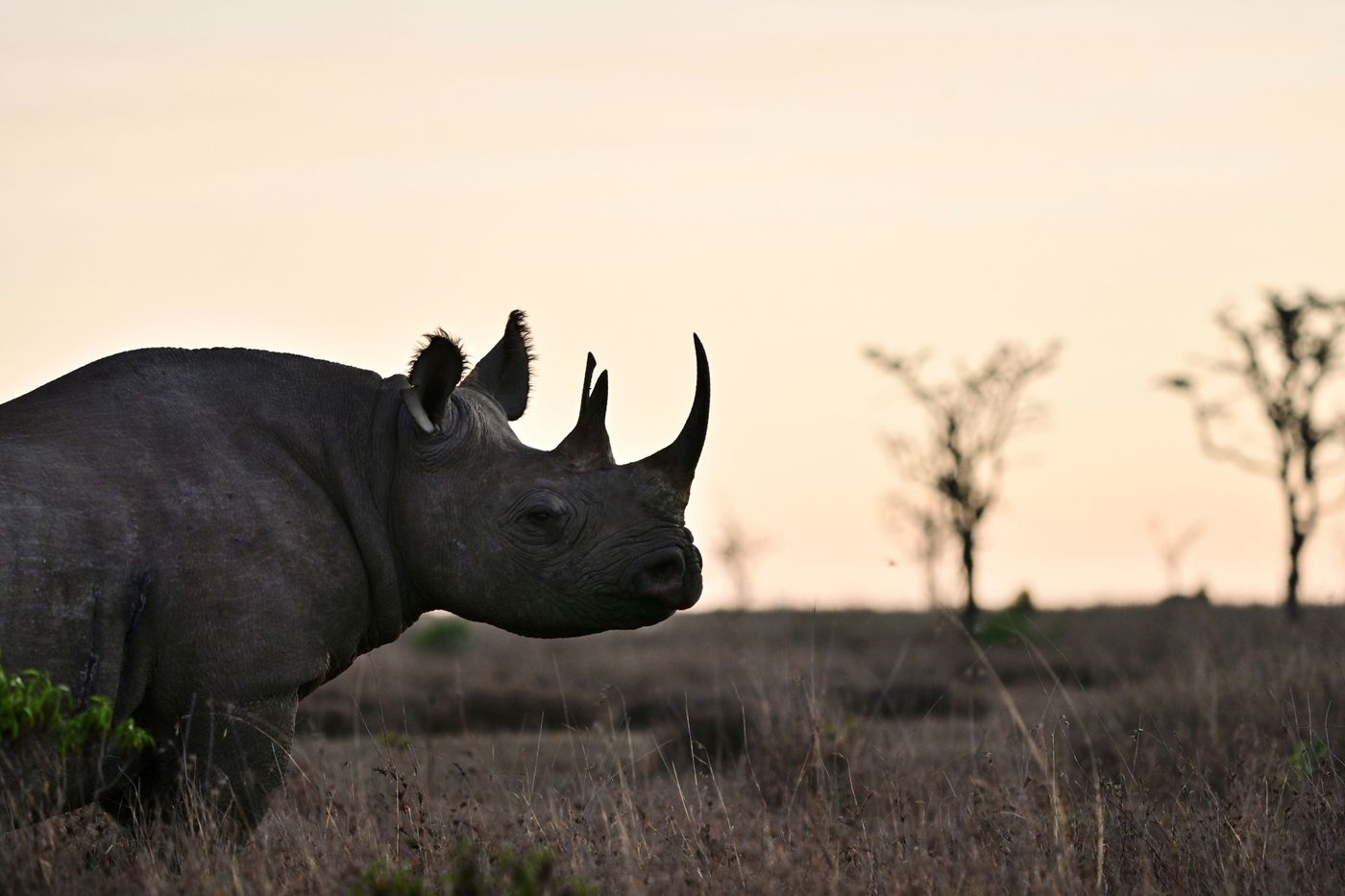
-
Bondholders to be rewarded if population of animals grows
-
The number of black rhinos has slumped to 2,600 globally
Photographer: Tony Karumba/AFP/Getty Images
The World Bank said it has priced the world’s first wildlife bond, raising $150 million that will be partly used for the conservation of black rhinos in South Africa.
The five-year bond will pay returns determined by the rate of growth in populations of the animals in two South African reserves, the Addo Elephant National Park and the Great Fish River Nature Reserve, the World Bank’s International Bank for Reconstruction and Development said in a statement late Wednesday.
“The Wildlife Conservation Bond is a first-of-its-kind, outcome-based, financial instrument that channels investments to achieve conservation outcomes — measured in this case by an increase in black rhino populations,” the World Bank said in the statement.
If successful, the program could be expanded to protect black rhino populations in Kenya as well as other wildlife species such as lions, tigers, gorillas and orangutans, an earlier proposal said.
There are five rhino species globally, with most of the animals in South Africa and almost all them white rhino. Black rhino numbers have dropped to about 2,600 from 65,000 in 1970, and may once have been as high as 850,000, according to documentation from the World Bank. The animals are found in three other African countries, and can weigh as much as 1.4 tons — much smaller than the white rhino.
Instead of paying a coupon, the issuer will make contributions toward conserving the animals and the buyers of the bond will receive a payment from the Global Environment Facility based on preset targets for population growth. To receive the maximum payment the rhino population will need to increase by more than 4% per annum.
“The pay-for-success financial structure protects an endangered species and strengthens South Africa’s conservation efforts by leveraging the World Bank’s infrastructure and track record in capital markets,” David Malpass, World Bank president, said in the statement. “It can be replicated and scaled to channel more private capital for other conservation and climate actions and development objectives around the world.”
Credit Suisse Group AG structured the bond and acted as joint bookrunner with Citigroup Inc.
Under Threat
The bond was sold at 94.8% of its “nominal aggregate amount” and will pay out a maximum success payment of $13.8 million, the World Bank said. Conservation Alpha has been tasked with determining the success of the program and its payments. The verification agent is the Zoological Society of London.
